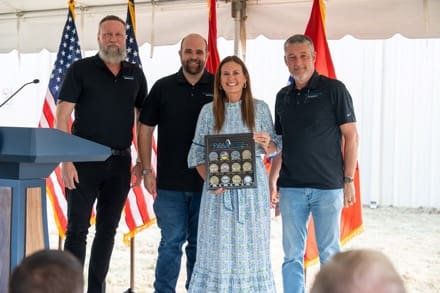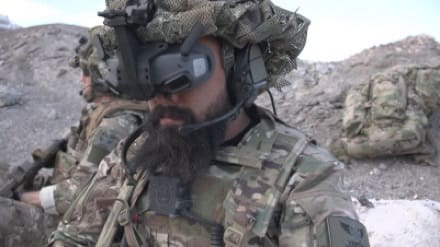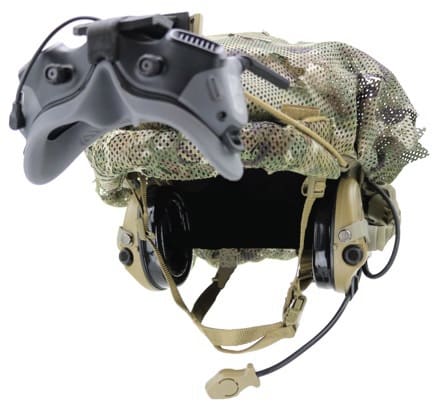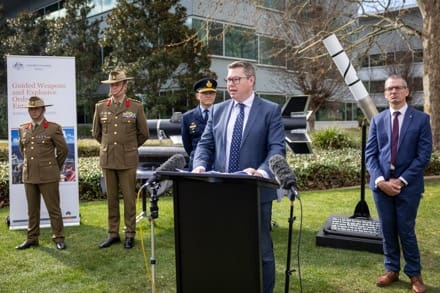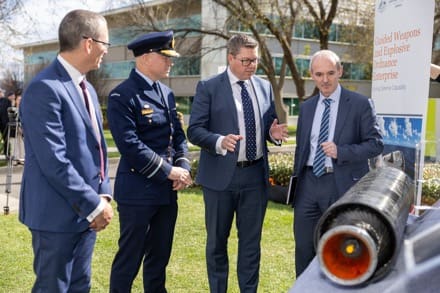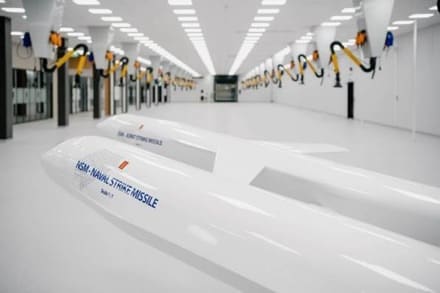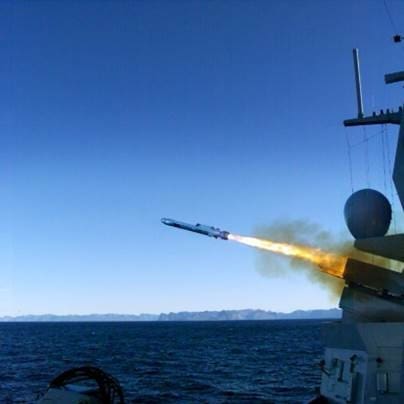D&M Holding Company Announces Expansion of Current White River Energetics Primer Facility and New Smokeless Propellant Factory
DES ARC, Ark. (September 17, 2024) – D&M Holding Company, Inc. (D&M), an ammunition and energetics engineering company, is investing $70 million to expand its current White River Energetics (WRE) ammunition primer and energetics facility in Des Arc, Arkansas, and build a single-base, smokeless propellant factory.
“Currently, there is a worldwide shortage of smokeless propellant that is affecting munitions availability globally,” said Dan Powers, President and CEO of D&M Holding Company, Inc. “This will be the first single-base propellant factory to be built in the United States in over 50 years.”
White River Energetics currently has 125 employees at the Des Arc facility, with 73 new employees added in the past year. The expansion will create 100 new jobs and increase the Des Arc campus from 14,000 square feet to over 100,000 square feet of manufacturing space. Construction on the expansion is underway and expected to be completed in Q1 2026.
“We are proud of all the people and employees who have worked tirelessly to support WRE and make this happen,” said BJ Rogers, Vice President of Operations, D&M Holding Company, Inc. “Having grown up in Des Arc, I’m personally proud to see the successes that have been made with primers and look forward to continued success in the future production of propellant.”
This expansion will enable WRE to scale its energetics and primer manufacturing to meet customer demand as well as develop new products. “This expanded campus also provides a facility for R&D and for training for our customers for whom we are building factories around the world,” said James Jones, Vice President of Business Development, D&M Holding Company.
D&M and WRE supports domestic and international clients in the defense and sporting markets through its development of turnkey factories, and its manufacturing and distribution of energetics for various types of ammunition, including primers for small and large caliber pistols and rifles. For more information visit D&M Holding Company and White River Energetics.


